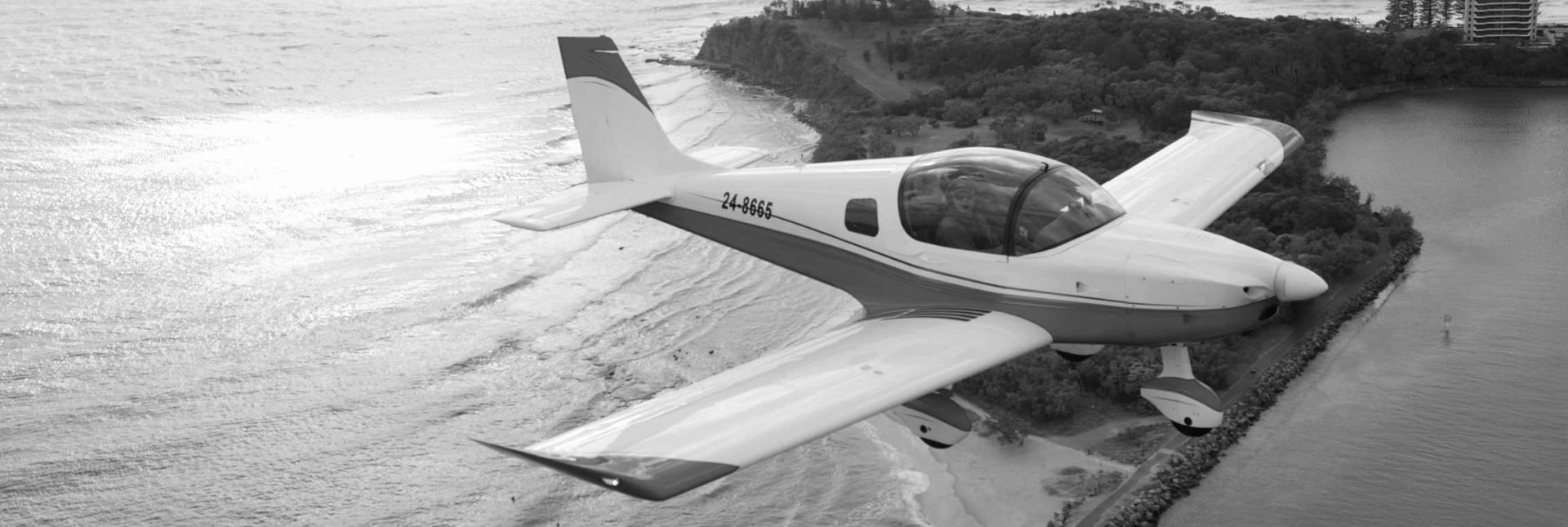Is it better to learn in a high-wing or low-wing aircraft ?
As a flight instructor, and having had both high and low-wing training aircraft used in our flight school over the last twelve years, I often get asked, ‘Is a high-wing or low-wing aircraft better for students to learn in?’
While I have my personal preference, for now, I will stick to the facts and let you make your own decision.
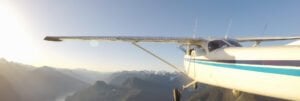
The main benefits of a high wing include:
Easier to board the aircraft
Unlike in a low-wing aircraft, you simply open the door and climb up the step and into the aircraft, just like climbing into an SUV. While this may be challenging for some, typically it is a lot easier than getting into a low-wing aircraft. If the student or pilot is elderly then a high-wing aircraft has a lot of benefits.
More stable
High-wing aircraft are more stable than a low-wing aircraft as the centre of gravity sits below the wing and this acts like a pendulum.
More shade
High-wing aircraft can offer more shade than low-wing aircraft. If you’re learning to fly in a hot environment, then a high-wing aircraft usually offers more protection from the sun as the wing is positioned above the cabin. If you attend a fly-on event. you can also sit or sleep in the shade from the wing.
Direct view below the aircraft
High-wing aircraft allow a better view of the ground directly under the aircraft.
The main disadvantages of flying in a high-wing aircraft, include:
Fuelling
High-wing aircraft are harder to fuel as the fuel caps are situated on top of the wing and one has to pull the fuel hose up over shoulder height.
Visibility
In a high-wing aircraft it can be more difficult to see other aircraft, particularly during a turn as the high wing can block the pilot’s field of vision.
The advantages of using low-wing aircraft include:
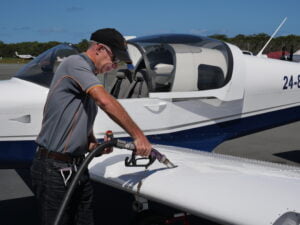
Fuelling
There is no ladder required and it is easier to fill the aircraft’s low wing.
Visibility
There is better visibility for other aircraft, particularly when during a turn as there is no wing to block the pilot’s field of view at eye level).
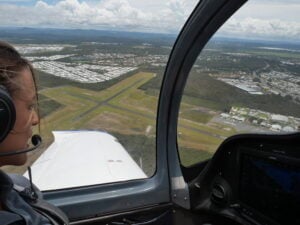
Inspection of fuel caps
When doing pre-takeoff checks, the fuel caps can be inspected again before take off (this cannot easily be done in a high-wing aircraft).
The disadvantages of using low wing aircraft:
Boarding the aircraft
Low-wing aircraft are usually harder to climb into than high-wing planes. With most low-wing planes you have to step up onto the wing, then carefully enter the cockpit from above and lever yourself down into the seat without putting any weight on any part of the canopy. Getting out can be just as hard and requires a reasonable amount of arm and leg strength to lift your own weight.
Stability
Low-wing aircraft are not as stable as high-wing aircraft and are usually more responsive in pitch and roll. This can mean it is more exciting to fly, but it also makes it harder for a new student to learn.
Direct view below
With a low-wing you cannot see directly underneath the aircraft as the wing is in the way of the pilot’s field of vision.
Ground effect
Another factor to consider between the two types is ‘ground effect’. Ground effect is the effect of reduced ‘induced drag’ on the proximity of the wing to the ground on landing. Less drag means the aircraft will float more and have a longer landing roll and a shorter take-off roll. A low-wing aircraft wing is closer to the ground, so it experiences more ground effect and therefore normally experiences a longer ground roll and shorter take off roll than a similarly-performing high-wing. There are no real advantages or disadvantages with ground effect, but it is important to be aware of the differences.
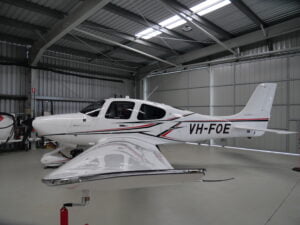
My personal opinion
I learned to fly in a high-wing Cessna 150 over 30 years ago and I used high-wing aircraft when I first started our flight school. I now only operate low wing aircraft in the school. I believe the high-wing aircraft offers a few more practical advantages than a low-wing aircraft, however I have four main reasons why I now prefer the low-wing aircraft for training.
- Low-wing aircraft are easier to fuel. Having a busy flying school, we need to fuel aircraft quickly and get them back in the air as soon as possible. High-wing aircraft take longer to fuel as you need to fetch a ladder every time you fuel.
- As almost half of ab initio (initial) flight training is conducted in the circuit area, being able to see and avoid other aircraft is critical. Low-wing aircraft make it easier to spot aircraft in a busy circuit environment.
- They are more responsive than high-wing aircraft. I know that initially this may make it harder when learning to fly, but flying a low-wing is generally more responsive and less stable in pitch and roll, and this makes it, in my opinion, more fun to fly.
- Low-wing aircraft look cool. This is just my opinion. I just love the look of them.
While I prefer low-wing aircraft, I still love flying high-wing aircraft and if I was travelling around Australia in summer, or if my passengers were older and less mobile, I would definitely choose a high-wing aircraft. I’d love to test fly a high-wing Sling in the future.
If you are considering learning to fly, I would suggest you do not worry about whether it is a high-wing or low-wing aircraft. When choosing a flight school the important things to consider are the quality of the training, the age and condition of the aircraft and how customer-focused and passionate the instructors are.
Damien Wills, Aug 2022
The GoFly Online team wants to help you become the best pilot you can be. You can access all of our flight training videos, practice exams and theory books with the 7-day free trial.

